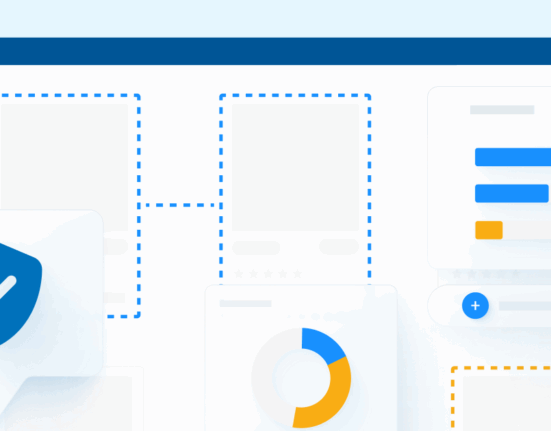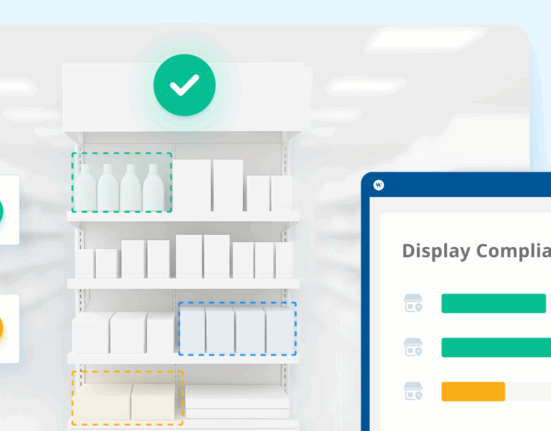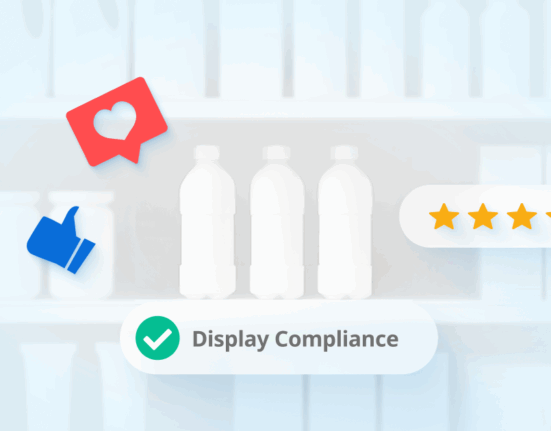Retailers modify prices, costs, discounts, and more every single day. All these little pricing changes are integral if they want their eCommerce businesses to stay relevant.
From a brand manufacturer perspective, however, these daily price changes can be a cause for concern.
This is because price is directly correlated with brand value.
Whether we as consumers acknowledge it or not, price definitely impacts our opinion of a product. If you see two bottles of wine, and one is more expensive than the other, we’re inclined to believe that the higher priced one is also of higher quality.
So, when retailers are dynamically pricing products, the consumer’s perception of that brand can be affected, sometimes negatively.
Why Is Price Monitoring Important?
In order to protect the prices of their items and uphold their brand equity, many manufacturers have implemented minimum advertised price (MAP) policies with their authorized sellers. These agreements serve to set a price minimum for all a brand’s products and services. This ensures that consumers never come across products that are priced lower than a brand is comfortable with.
In a perfect world, manufacturers could use the honor system with their retailers, but unfortunately, sales don’t always work out that way.
As a means of enforcement, many manufacturers monitor their products’ prices across their reseller network. Some track this manually, but it’s tedious and oftentimes inaccurate since the market can change too quickly to keep up with. Automated minimum advertised price monitoring is the way to go, and here are a few reasons why:
No. 1: Fast & Accurate Results
No matter how well-trained an employee might be, there is always room for human error. So, when you entrust the task of MAP price monitoring to your staff, mistakes are destined to happen.
Automated price monitoring eliminates that margin of error and is incredibly fast as well. But how? What does an automated price monitoring solution do that humans can’t?
Price monitoring software uses data such as universal product code (UPC) to scan the web for all your products.
Monitoring the pricing movements of your top retailers allows you to receive real-time data that can help your brand protect your price position across these resellers. As a plus, this market intelligence can also benefit your own pricing strategy by giving you the most accurate pricing information as efficiently as possible.

No. 2: Expose Gray Market Sellers
Gray market sellers are those that sell your legitimate products without having obtained them by authorized means.
Many times, they’ll buy your products from a separate retailer and choose to resell them in their own store. These unauthorized sellers are hard to discover when you aren’t looking for them, but automated price monitoring systems can detect them as they appear in the market.
That’s because they scan the entire web for your products and any relevant price changes. Gray market sellers are the most likely to abuse MAP because they aren’t listed in your network and therefore don’t have access to your policies.
From here, your brand may choose to take legal action against these sellers, and you may even be able to convert them into authorized sellers if they’re willing to cooperate.
Regardless, it’s crucial that you are able to monitor these sellers as your brand’s image can receive negative feedback from customers who are paying unfair prices or receiving faulty products from outside retailers.
No. 3: Preserve Brand Value and Price Perception
Pricing is an incredibly influential factor when it comes to building positive customer relationships, which makes price monitoring an even bigger benefit to your brand.
By pulling back data in real time, you can stop future MAP violations from ever occurring. This in turn can uphold your brand value and price perception as a manufacturer. When one retailer drops the prices of their products, many are destined to follow. And when that happens, your brand is cheapened by multiple retailers.
Unfortunately, even if you catch MAP violations after they’ve occurred, the consequences can remain for a long time to come.
Consumers tend to notice price increases just as frequently as price decreases, and when they notice your product prices going up after a long time of being discounted, the response can have a negative impact on your brand’s reputation. Not only was your brand cheapened, but it can’t hold the same price perception it once held in the eyes of your consumers.
All of this can be avoided if you automate the price monitoring process and catch MAP violators before they have had a chance to hurt your brand.

No. 4: Improve Future Business Relationships
By monitoring your retail partners and keeping them accountable, you can improve your negotiations with retailers in the future. Catching MAP violations as soon as they occur with an automated price monitoring system won’t make your MAP policy look flimsy to other sellers.
Retailers will understand that they aren’t getting a shorter end of the stick than a competitor and won’t accuse you of selling your products with different terms or prices. The uniformity can actually smooth out the selling process with resellers.
Not only will negotiations potentially be easier, but competition can become less intense (at least on the pricing side of things.) And, with the right pricing strategy, you can curb price wars and extinguish any competitive fire between retailers.
Retailers slash prices like a gardener’s lawn mower cuts grass. The lawn mower can damage different things that get in its way, but it’s just doing its job. Retailers want to have the most attractive prices to entice customers and steer them away from competitors. The only problem is that the manufacturer’s brand value is often reduced in the process.
Retailers don’t cut prices with the intention to hurt your brand, it’s just an incredibly competitive industry.
Automated price monitoring is quickly becoming a necessary way to increase the efficiency of your brand’s operations. By streamlining these systems, you can focus your time and efforts on other areas of business, thereby improving your brand as a whole.
It’s up to you to decide on the right pricing strategy to help your business succeed. Learn more about Wiser Solutions’ MAP Monitoring product and see if it’s the right fit for you
Editor’s Note: Contributing writer is Brian Smyth. This post was originally published in September 2015 and has since been updated and refreshed for readability and accuracy.










3 Comments
Comments are closed.